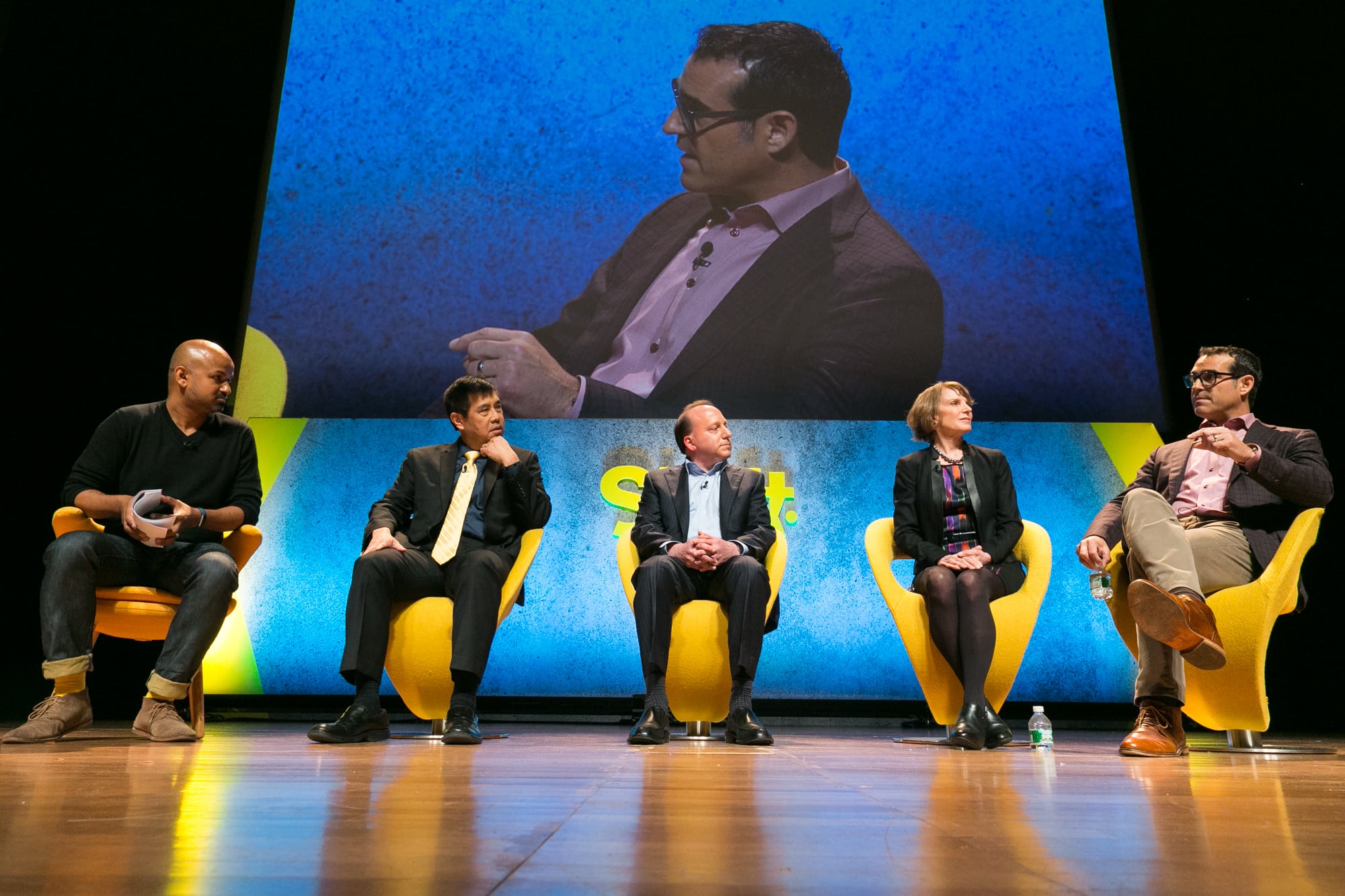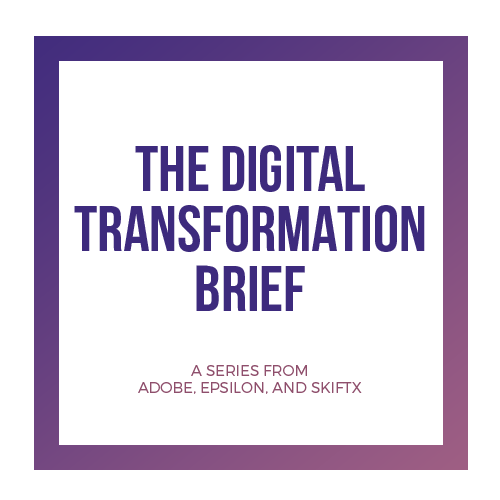How Travel Brands Can Internalize a Culture of Innovation

Skift Take
This sponsored content was created in collaboration with a Skift partner.
This post was created by Skift's SkiftX content studio for the The Digital Transformation Brief, a series from Adobe, Epsilon, and SkiftX examining the digital trends defining the future of travel. For more digital insights, visit the mini-site here:
Go To Site
During last month’s Skift Global Forum, more than 50 speakers took the stage to discuss the trends and innovations defining the future of travel. Much of what was discussed was around the new wave of technology making its way into the everyday lives of consumers: virtual reality, voice-activated search, digital payment apps, beacon technology; undoubtedly hot topics that spark curiosity and fanfare amongst early-adopting travelers and industry insiders eager to keep up. 
While many in the room — and on stage — clearly have their hearts set on adopting or building the latest “disruptive” form of technology, most are still struggling with a key component of doing so: creating an organization-wide culture of innovation.
There are a handful of companies today that are consistently lauded as being at the forefront of innovation, especially in the context of personalization and deep understanding of customer needs. Amazon, Apple, Netflix, Spotify — one could also throw ride-sharing and alternative accommodation apps in there for good measure. What you won’t find are legacy travel brands.
Other than being founded in the digital age, which is admittedly a significant advantage, the greatest differentiator between these innovative behemoths and modern travel brands is how they approach people, process, product, and most notably where those converge.
Creating Culture of Innovation: Building from the Inside Out
Legacy brands are best served developing the path to digital transformation by building from the inside out.
In a phone interview with SkiftX, InterContinental Hotels Group SVP of Digital Michael Menis suggests that a good starting point is for brands to create a “center of excellence,” which he describes as a digital team with broad based knowledge of emerging technology and best practices.
“Once you understand those tools and platforms broadly and test their relevance, you can expand from the center outwards and hire more specific subject matter experts as time goes on,” Menis suggests.
From there, it’s a matter of opening up communication lines across departments and continually educating teams on process, dismantling silos and thinking horizontally.
“Digital plays a bigger role in guest lives and we need to evolve our roles in thinking digitally,” Menis says. “There will always be something new, and that pace of change is exciting. So much of what we know of as today will just be business as usual tomorrow. As new technology and internal departments mature, they need to become embedded into the company culture.”
The Rise of Rapid Prototyping and Experimentation
With great risk comes great rewards. And in a world of ever-changing technology, today’s brands must be willing to experiment with technology, and in some cases fail, or risk falling far behind their competitors.
During an interview with Skift, Princess Cruises’ CMO Gordon Ho revealed that the company embraces a startup mentality by failing fast, learning from mistakes, and course correcting. One of the most recent experiments the company has dabbled with is Facebook Live and VR. “It’s hard to sample a cruise,” says Ho. “Getting them [customers] to see a cruise is hard. VR at least gets you closer to experiencing a cruise.”
Experimentation, however, comes with financial costs, which Ho says companies need to budget for in advance of testing. “Have a test budget, because there are going to be so many things you to want to try, and you need to be able to fund them,” Ho advises.
Early adoption of technology can lead to great opportunities for the industry, but companies should be careful of jumping on technology bandwagons for the sake of doing so. During the Digital Transformation panel at last month’s Global Forum, Wyndham’s Chief Digital and Distribution Officer Barry Goldstein advised companies to consider what that technology is solving for.
“You always have to be conscious of what is happening relative to new technology, but you can’t decide that you’re going to roll something out because everybody else is doing it,” says Goldstein. “I think we get in trouble when we believe that we have to do VR because Princess Cruises is doing VR or because Mariott did it. It has to be a solution for your business.”
For more digital insights, visit the mini-site here:
Go To Site




